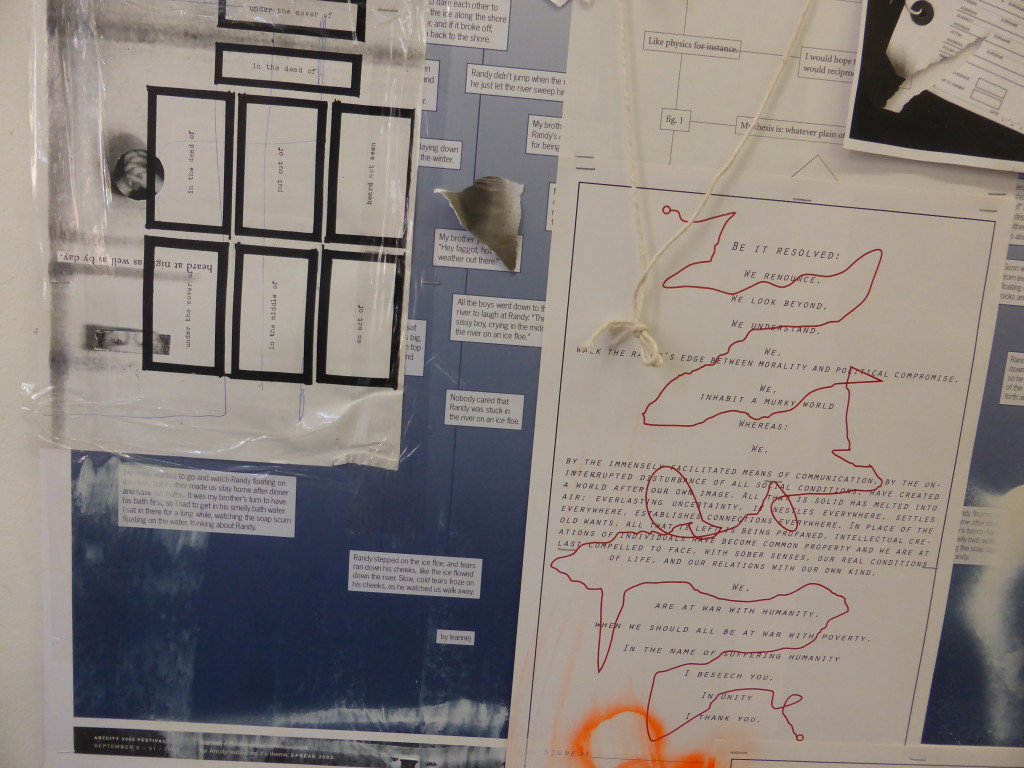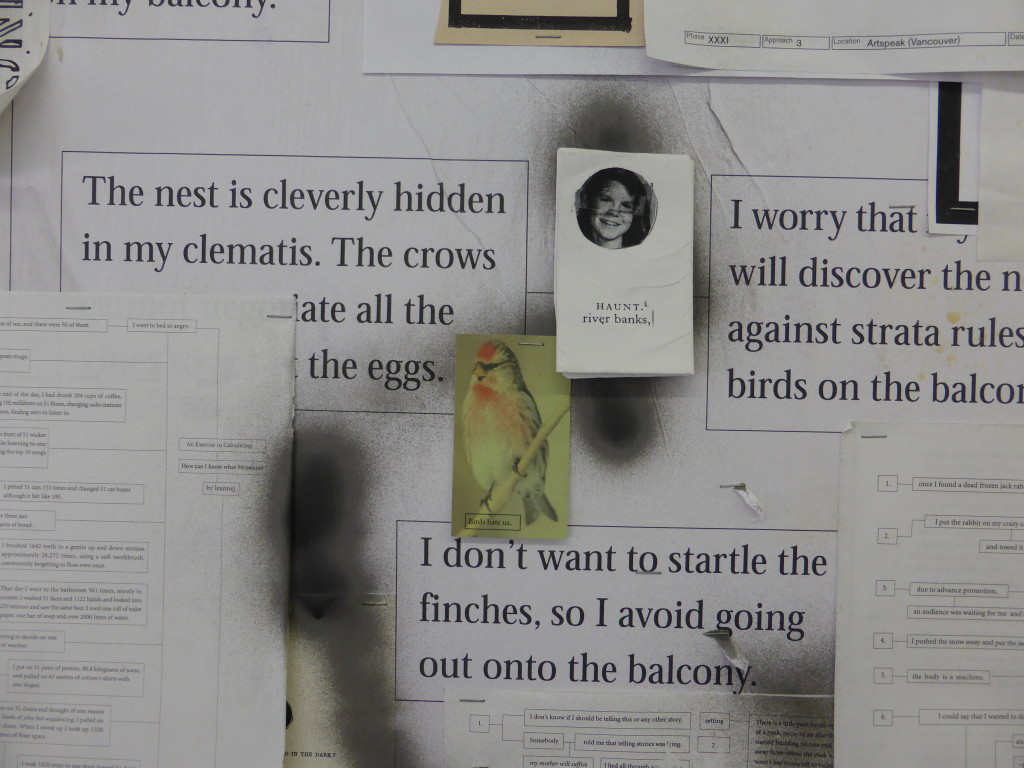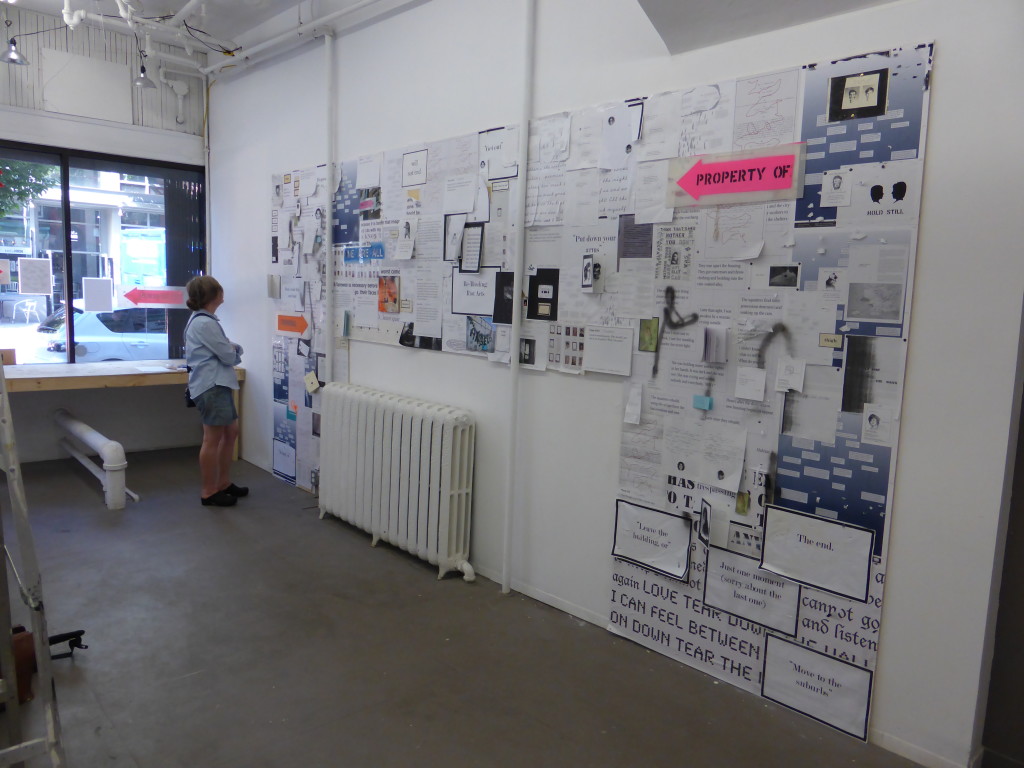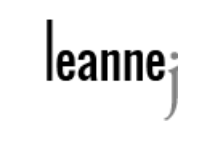Hoarding

Installation view of Hoarding by leannej and My Name is Scot

Hoarding by Leannej and My Name is Sot.

Installation view of Hoarding by leannej and My Name is Scot
Hoarding
Hoarding is a vertical midden—an accumulation of ephemera including posters, handbills, tear-away pages and plywood mottos—that lays bare a visual stratum of textual scheming for forensic investigation. Like the hoardings pasted onto boarded-up buildings or new construction sites, the eastern wall of Project Space will be covered with a seemingly random aggregation of information that signifies both the consequences and implications of remnant efforts and imagined developments.
Representing over fifteen years of collaborative and independent text-based works by Vancouverbased artists leannej and My Name is Scot, the installation collages content, chronicles real and imagined moments in time, and documents the ongoing struggle of artist-run culture to (cheaply and meaningfully) insert itself into the public realm.
Individual pieces that will be presented as part of Hoarding include selections from leannej’s acclaimed flowchart narratives—which have appeared in a variety of formats and locations, including windows, walls, banners, books and even mugs—and an assortment of My Name Is Scot’s 2-D and 3-D objects, which have formed the basis for performance interventions, site-specific installations and photo-based texts.
Hoarding reveals both artists’ development and commitment to exploring issues of self, place and the constructions of meaning. While many of the pieces that make up the installation have been previously published or displayed independently of one another, when collected together and presented as part of a larger work they can be read as a cross-section of strategies, a collation of concerns or an index of intentions.
In Hoarding, objectives overlap and narratives collide, inviting the viewer/reader to decipher the shared storylines and uncover the individual convictions of each artist—and perhaps, as a result, consider the infrastructure of their own personal discourse.
